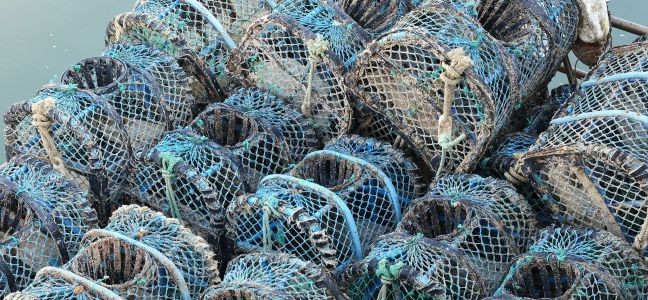
Read the article with FishingTheSpot: fishing with traps
Keep an eye on this subject!
Thousands of species spotlights and techniques but also all the local information about your city!



Meet other anglers near you and share your fishing fishing trips, afoot or on a boat, at sea or in freshwater
See the fishing tripsFishing with traps

It is more often used by experts than by novices, because knowledge of currents, tidal coefficients and seabed is necessary for this technique.
List of species for this type of fishing
- Langouste
- Velvet crab
- Lobsters
- Cuttlefish
- Cancer crab
- Carcinus maenas
- Whelk
- Small fish
- Octopus
- Shrimps
- Spider crabs
- Jumbo shrimps
- Eel
The traps
The traps are creel (rigid traps with a single small opening in the shape of a funnel) which are deposited in the seabed (in the current, a weight will be added to keep the trap at the bottom of the water). A buoy indicated by the boat's registration will make it easy to locate the traps.
Once the traps are immersed, the animals (crustaceans, small fish and gastropods), attracted by the smell of the bait, engulf themselves inside the chute (the opening) and are trapped, incapable To find the exit (exactly as in a wasp trap).
Depending on the type of species to be captured, different baits and appropriate weight and shape traps will be used.
In general, wait 24 hours before harvesting the contents of the submerged trap. The exit of the locker can be done either manually or with the help of a winch locker.
Trap fishing is a responsible fishery because it does not damage the seabed, and its catch remains alive in traps. Catches brought to shore are therefore fresher and animals smaller than the prescribed size can be rejected alive.
Be careful, most often for this type of fishing the use of a boat is almost essential.


